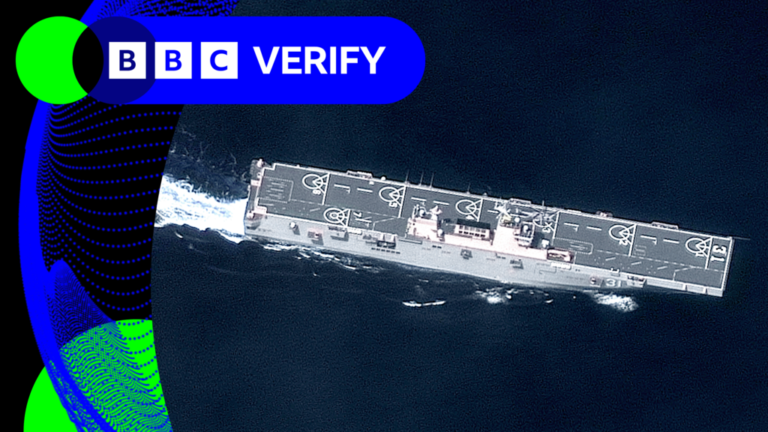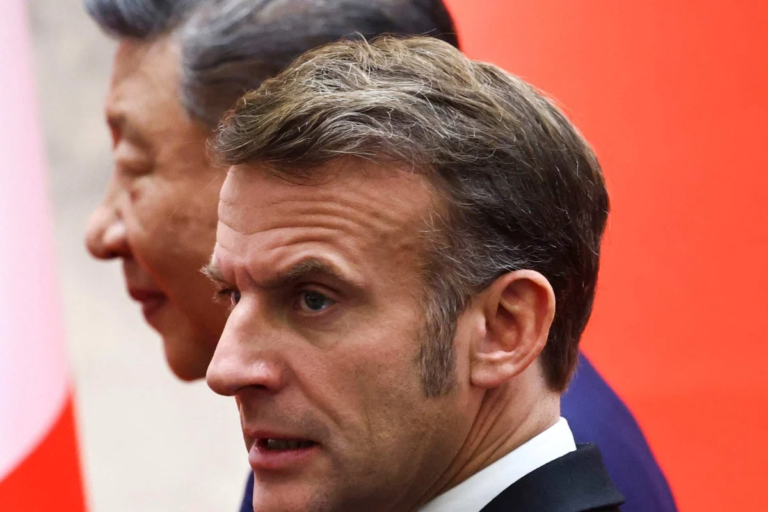
The Japan Air Self-Defense Force (JASDF) saw a decrease in airspace violations from China and Russia aircraft during the first half of Fiscal Year 2025 compared to the prior year.
Japan scrambled fighter aircraft in response to airspace violations 265 times between April 1 and Sept. 30, the first half of the country’s fiscal year, according to a Japan Joint Staff Office (JSO) report released Friday. The tally is notably less than the 358 times aircraft were dispatched in response to airspace violations during the same timeframe in FY 2024 – a difference of 93 times.
Scrambles are conducted in response to aircraft approaching and entering Japan’s Air Defense Identification Zone (ADIZ). ADIZs are areas over land and water where transient aircraft can be tracked and identified on the basis of the monitoring country’s national security. Japan routinely scrambles its fighters to intercept and shadow Chinese and Russian aircraft entering its ADIZ.
On May 3, 2025, Japan saw one airspace violation when a Chinese Coast Guard (CCG) helicopter operating from a CCG ship entered Japanese territorial waters around the Senkaku Islands. The Senkaku Islands, located in the East China Sea, are administered by Japan but are claimed by both China and Taiwan. The United States, which returned administration of the islands to Japan in 1972, does not take a position on the sovereignty of the islands but considers the islands under Japanese administration and covered by the U.S.-Japan Security Treaty.
Figures released by the JSO show that for the first half of FY2025, Japan responded to Chinese aircraft 198 times, Russian aircraft 58 times, Taiwanese aircraft once and other countries seven times. The report did not provide any detail on the scrambles against Taiwan or the other countries. In comparison, during the same period in FY 2024, Japan responded to Chinese aircraft 241 times, Russian aircraft 115 times and other countries twice.
In addition to the airspace violation by aircraft, the JSO noted Chinese Unmanned Aerial Vehicles (UAVs) passing between Yonaguni Island and Taiwan and Russian Tu-95 bombers and fighters operating in the Sea of Japan.
The report included nine new entries on what it determined as unusual flight activities. The entries were added to 14 already documented in FY2025’s first quarter report.
According to the report, seven entries were Chinese aircraft and UAVs. Of those, five of the entries involved Chinese UAVs flying between Yonaguni Island and Taiwan to conduct reconnaissance flights off Taiwan.
In a July 15 instance, a Chinese UAV flew between Yonaguni Island and Taiwan to enter the East China Sea while on the same day a Chinese Y-9 Electronic Intelligence (ELINT) aircraft flew in from the East China Sea, passed between Okinawa and Miyako Island to conduct a patrol circuit in the Philippine Sea before returning the same way.
A Sept. 15 entry noted a Chinese UAV carried out a round trip from the East China Sea to the Philippine Sea and back, passing between Yonaguni Island and Taiwan. On the same day, a Chinese Y-9 Maritime Patrol Aircraft (MPA) made a round-trip flight from the East China Sea to the Philippine Sea and passed between Okinawa and Miyako Island as it entered and exited the Philippine Sea.
The remaining two UAV-related entries for the second quarter of FY2025 were on Russian drones. A July 19 instance involved a Russian IL-38MPA flying over the Sea of Japan, and one month later on Aug. 19, two Russian Tu-95 bombers accompanied by two Russian fighter aircraft flew over the Sea of Japan.





